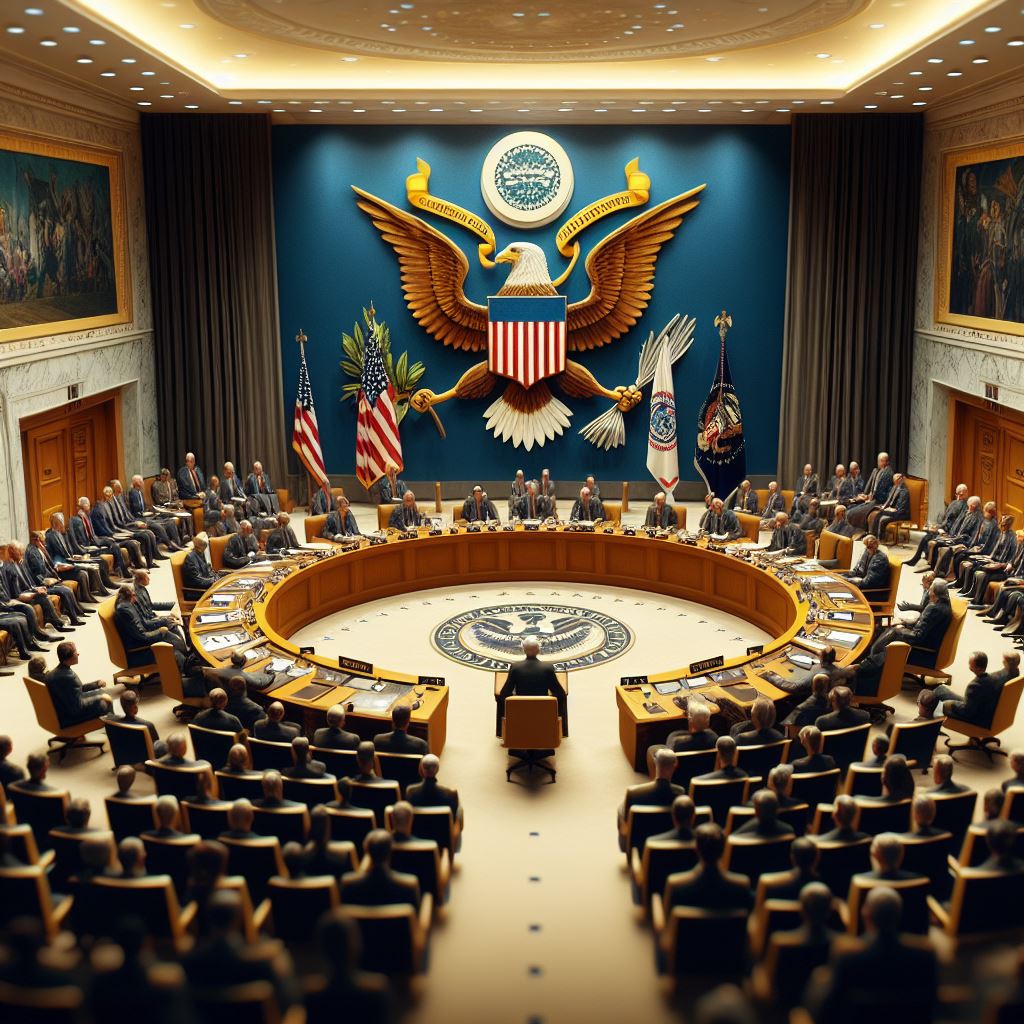In a remarkable application of artificial intelligence (AI), students from Huazhong University of Science and Technology (HUST) in Hubei Province, China, have developed a system that significantly aids in the search for missing children. This innovative use of technology demonstrates the expanding role of AI in addressing critical societal issues.
The genesis of a lifesaving project
The project, initiated three years ago by Sheng Jianzhong, a doctoral student at HUST’s School of Software Engineering, focuses on restoring aged and poor-quality photographs of missing children. The idea was conceived in 2020 when Sheng encountered a missing child notice with a low-resolution image. Leveraging his expertise in digital image processing, Sheng embarked on a mission to help parents enhance their children’s photos, aiming to increase the chances of reunification.
Collaborative efforts and technological breakthrough
Sheng’s vision soon attracted other students who shared his passion for making a difference. Together, they embarked on a six-month journey of technological research and development, culminating in an AI algorithm capable of transforming unclear images into high-definition portraits. This advancement significantly improves the clarity of facial features, enabling parents to produce better-quality images for dissemination.
Over the past three years, this volunteer team has restored over 1,000 photographs, directly contributing to the reunion of 11 children with their families. One notable success story is that of Sun Haiyang, who found his son after 14 years, a case that gained widespread attention following a movie release. The efforts of Sheng’s team were instrumental in this heartwarming reunion.
Partnerships and community involvement
The team collaborates closely with public security organs and non-profit organizations, such as baobeihuijia.com, to expand their impact. While they often work behind the scenes, the satisfaction of contributing to family reunifications fuels their dedication. Additionally, the volunteers utilize the restored photos in various formats like tapes and postcards to broaden the search scope.
Beyond missing children: Honoring unidentified martyrs
Sheng’s team is also exploring other applications of their AI technology. Ahead of the 2021 Qingming Festival, they worked on a project with China’s Ministry of Veterans Affairs to identify relatives of unidentified martyrs. In an intense three-day effort, they released restored images of 68 martyrs, contributing to the national remembrance initiative.
Future directions and aspirations
Looking ahead, Sheng envisions building a more professional team to manage and expand these non-profit programs. His goal is not only to assist families in their searches but also to inspire young scholars to engage in technology-driven humanitarian efforts.
The HUST student team’s AI project is a striking example of how technology can be harnessed for the greater good. Their work not only brings hope to families but also showcases the potential of AI in solving real-world problems. As they continue to innovate and expand their impact, they stand as a testament to the power of technology when coupled with human compassion and collaboration.
The use of AI technology in public welfare, particularly in aiding the search for missing children, marks a significant step forward in applying advanced tools for societal benefits. The efforts of the HUST students are commendable, reflecting a blend of technical skill and humanitarian concern. Their success stories serve as an inspiration, demonstrating that with the right application, technology can indeed make a profound difference in people’s lives.





